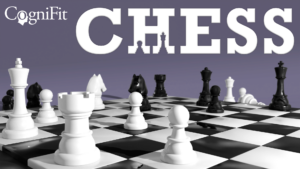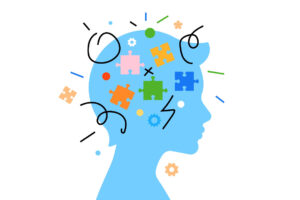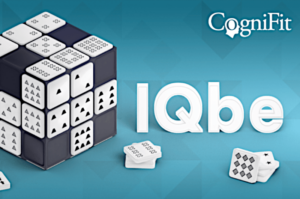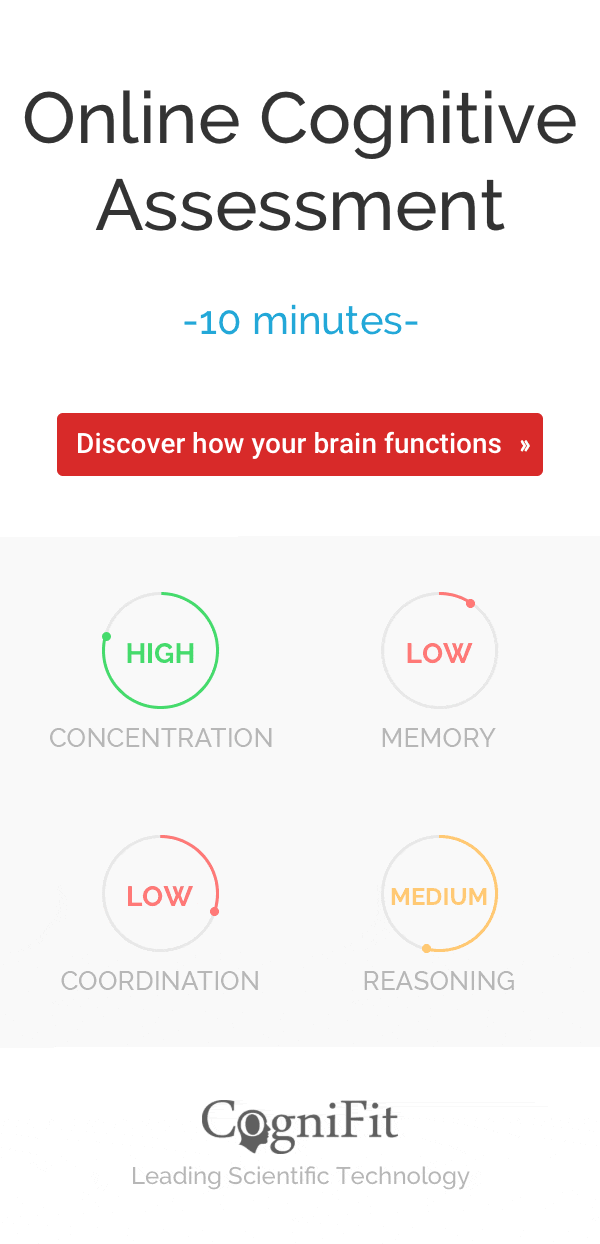
Is Photographic Memory Real? Case Studies & Brain Processes
A photographic memory is usually used to describe when someone has the remarkable ability to recall visual information in great detail. Pop culture today portrays geniuses as those with photographic memories. But do our brains actually hold onto memories with inner photos or videos?
Let’s take a closer look…
Perception vs. Reality
In the world of neuroscience, Photographic memory is also known as eidetic imagery.
It’s the ability to remember an unlimited amount of visual information in great detail. A camera can freeze a moment in time in the form of a photograph. Someone with a photographic memory is supposed to be able to take mental snapshots and then later recall these snapshots without error.
However, according to the University of Chicago, San Diego Professor Larry Squire (who specializes in Psychiatry, Neuroscience, and Psychology) the brain simply does not actually work this way.
In Professor Squire’s lab, he has asked people who think they have photographic memories to read two or three lines of text. After, they had to report the text in reverse order. If memory works like a photograph, then these people should be able to accomplish the task with ease.
However, none of the participants could do this successfully.
For Professor Squire, “Memory is more like pieces of a jigsaw puzzle than a photograph. To recollect a past event, we piece together various remembered elements and typically forget parts of what happened (examples: the color of the wall, the picture in the background, the exact words that were said)…We are good at remembering the gist of what happened and less good at remembering (photographically) all the elements of a past scene.”
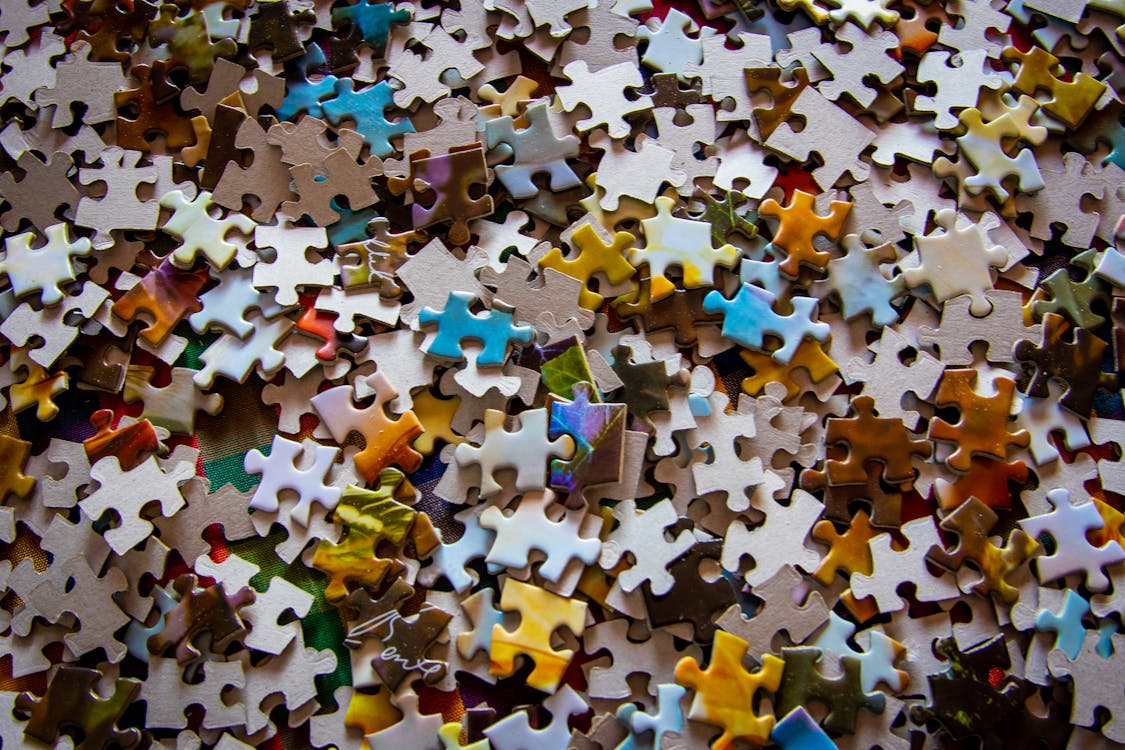
And this works to our advantage.
Our brains sift through what is important for us to remember and holds onto it. But it also throws away any unneeded details.
To show that photographic memory is non-existent among most people, cognitive psychologist Adriaan de Groot did an experiment with expert chess players to test their memory functioning. The players were first shown a chessboard with pieces on it for a brief period (about 15 seconds). Next, they had to reconstruct what they had seen on a new chessboard.
The expert chess players succeeded at this task with higher efficiency than novice players.
De Groot hypothesized that the experts had developed an enhanced ability to memorize visual information. In another experiment, the expert chess players were asked to do the same thing. However, this time, they were shown boards with pieces arranged in ways that would never occur in a game of chess.
Not only did their ability to remember the positions go down, but it dropped to the level of the novice players. De Groot concluded that the original, enhanced performance of the chess players came from their ability to mentally organize the information they had observed, not from any ability to “photograph” the visual scene.
How to Explain Cases of Photographic Memory

There have been a few well-documented cases of such remarkable photographic recall, such as “S.” This person was subject of Alexander Luria’s book, The Mind of a Mnemonist. He could memorize anything from the books on Luria’s office shelves to complex math formulas. Luria also documents a woman named “Elizabeth,” who could mentally project images composed of thousands of tiny dots onto a black canvas.
Both also had the ability to reproduce poetry in languages they could not understand years after seeing it written. This type of recall seems to be connected to the phenomenon of flashbulb memory. This means in highly emotional situations, people tend to remember events so vividly that the memories take on photographic quality.
Until recently, such memories were thought to be permanent, always strong in quality. However, recent studies have indicated that over time, people’s memories of such events will inevitably fade away.
People vary in their ability to remember the past.
In the article How to Improve Your Short-Term Memory: Study Tips to Remember Everything, we go over how pieces of information go through a series of stages before they are retained in your long-term memory:
- First, the information is sent as a sensory input to your visual system
- Then it is received by the visual cortex
- Next, it is processed by your short-term memory
- Finally, it is stored in your long-term memory
How well we remember things largely depends on how well we pay attention when information is presented to us. Also, how much we replay/connect material affects our memory as well.
Since there are only isolated examples of people with eidetic memory throughout the study of neuroscience, many have concluded that there isn’t any explanation for how this phenomenon works neurologically.
In these rare cases, visual information gets stored as an actual image in the sensory input/reception stage. Since photographic memory involves seeing visual images, it must be on the very basic sensory level that eidetic memory functions.
The Neuroscience Behind Photographic Memory
Neuroscience researchers hypothesize that photographic memory involves something in the brain being wired incorrectly. This has caused sensory stimuli to last in the memory for longer durations than most people.
Memory is thought to be facilitated by changes at the neuronal level due to long-term potentiation. Over time, the synapses that work to hold onto our memories are strengthened through repeated usage, producing long-term memories.
Normally, this induction takes many rounds of stimulation to start working so our brain can hold onto memories for long periods of time. This could be a reason why we don’t remember many events of our childhood.
Neuroscientists assume that people with photographic memories have a genetic mutation that lowers their threshold for long-term potentiation to hold onto memories. This then results in more visual images being stored as sensory memories and then long-term memories in the brain. Multiple stimulations do not seem to be necessary to retain the visual images; rather, one brief presentation of a stimulus would be sufficient.
Future Research on Photographic Memory
So, is photographic memory real?
It may be so rare that it appears to be almost fictional. Mostly because it could be the result of an uncommon genetic mutation.
Advancing the study of photographic memory requires scientists to find more subjects with unusual memory abilities. One recent case is that of “AJ”. This woman seems to remember every detail of even the most trivial events during her lifetime.
Neurological testing may yield a greater understanding of what causes such clear and detailed memories to form.
With neuroscience technology increasing and the hope that more people with exceptional memories will come forward, it is possible that more research can be done to answer interesting questions about photographic memory.

